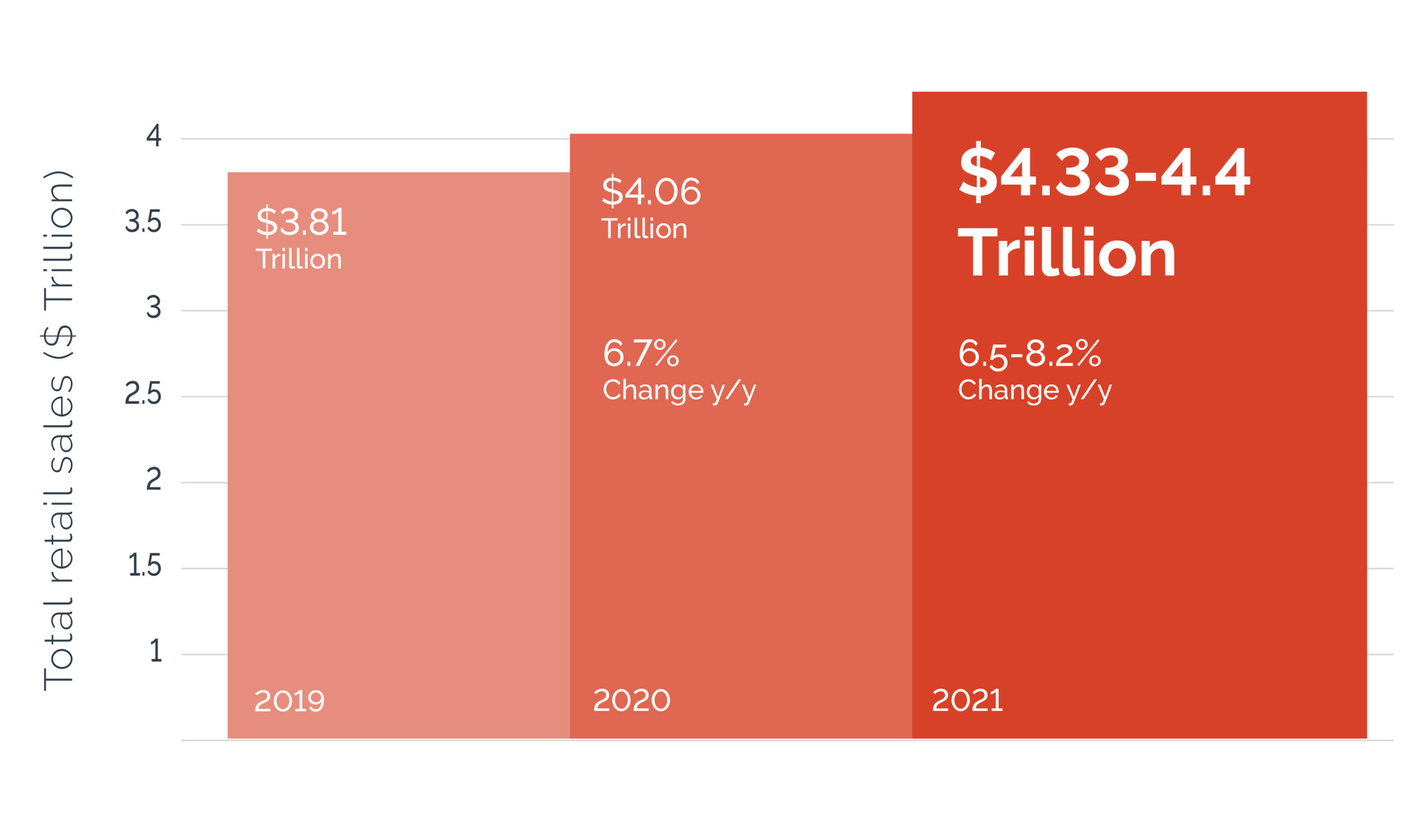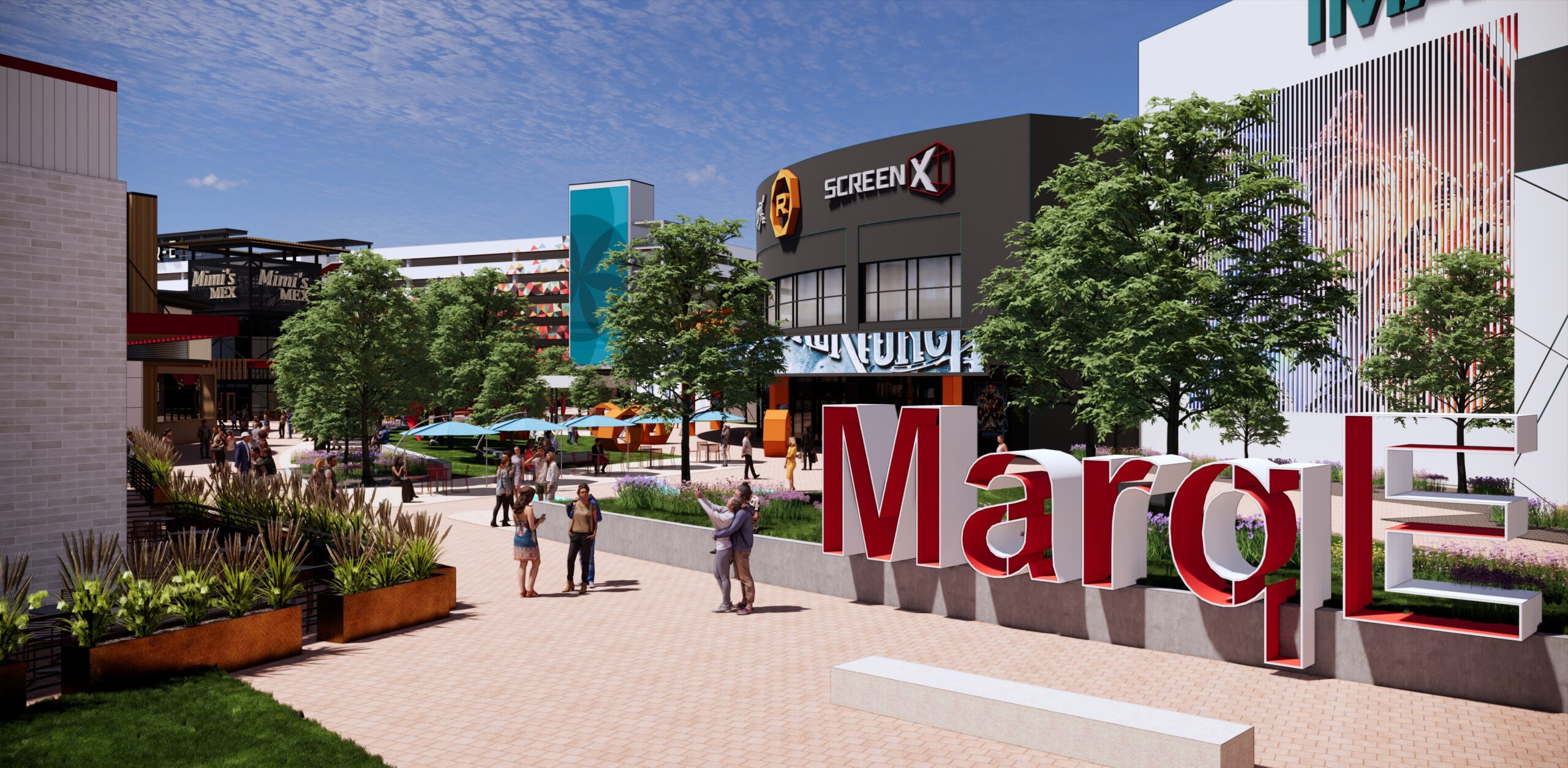
The retail market is rebounding post-COVID-19 faster than expected. At the beginning of 2021, the National Retail Federation projected retail sales to grow at least 6.5%. However, as of June 2021, the latest data shows retail sales will grow between 10.5 and 13.5 percent before the end of the year, with sales numbers exceeding $4.4 trillion.
It appears that after spending so much time at home, and after a year of cautious spending, shoppers are ready to return to stores, with disposable income in-hand. Enter the rise of luxury goods.
Whereas some fashion trends mean quantity over quality, the luxury clothing market has shown significant growth over the last few months. Consumers have not had opportunities for social events and work events, so they are investing those extra dollars towards luxury items rather than necessities. Some have dubbed this ‘revenge shopping’ – the shopper is making up for lost time. And, many luxury retail brands offer unique products that align with the consumers’ new priorities.
Store Design
In many cases, a luxury goods store requires a unique design because in-store interactions are a critical part of the luxury consumer experience. Many luxury goods shoppers want to see and feel garments before investing the money in them. Additionally, these customers enjoy the idea of a store that provides an exclusive experience in addition to purchasing clothing or other goods. It is critical to design these spaces to reflect the quality of the brand and to provide a tailored experience for the consumer.
As a retail design firm, we see some retailers decreasing the size of the sales floor and increasing the back of house square footage to declutter the sales floor and offer more space to showcase displays. To the shopper, this lends an experience which may feel exclusive when they select items; the product would be pulled from the back of house and has fewer hands on it.
Fitting Rooms
Additionally, fitting rooms are typically an opportunity to elevate the customer experience and, in turn, increase conversion rates. By incorporating the following design elements, retailers are able to add to the luxury aspect of in-store shopping.
+ Enhance lighting with LED lights which can provide the option to change its mood and brightness.
+ Provide tri-fold elongated mirrors with a rear mirror to see all the angles of clothing.
+ Install proper seating, tables and hooks to place personal belongings
+ Substitute existing materials with natural materials such as bamboo and copper. (As an added benefit, these materials often prevent the spread of viruses.)
+ Creating walkways and extending the space for customers to really experience the clothing in full affect.

The Return of Personal Branding
As more working professionals return to offices from being at home, we’ve noticed a trend among consumers who are making intentional decisions about products which reflect their personal brand and are seeking products which will last longer than ‘fast fashion’ choices. Many retailers have prioritized safe yet personal shopping experiences for their consumers and in-store events to engage them. This trend not only applies to luxury brands but also traditional brands as well.

Here to Stay?
As the retail sector continues to outperform all expectations in 2021, we see this trend continuing into 2022 and beyond. And, with Black Friday quickly approaching, the retail market should see clear indications on whether luxury retail trends, and ‘revenge shopping’, is here to stay. That said, two things remain the same: a store’s design can have an impact on sales conversions and the in-store experience will continue to evolve based on consumers’ needs and desires.
About the authors:
Jennifer Lehmkuhl Corkrean, AIA, LEED Green Assoc., is an Associate and Program Manager in our Kansas City office. Jennifer’s experience covers projects in the retail, commercial, grocery and mixed-use markets. She currently leads one of our retail client account teams, and is actively involved in all project phases, including design development and review, entitlement, construction documentation and administration, and coordination between engineering consultants and the client. Email her.
Sarina Shanks, NOMA, LEED Green Assoc., graduated from the University of Kansas with a Master of Architecture degree. Since joining BRR in 2019, Shanks has worked on Travel Stops, Convenience & Clothing Retail and is involved in all project phases. Shanks is actively involved in the Kansas City NOMA Chapter and strives to be a positive influence amongst local students. She is passionate about designing sustainable spaces that focus on bringing the community together and to increase public health services. Email her.




